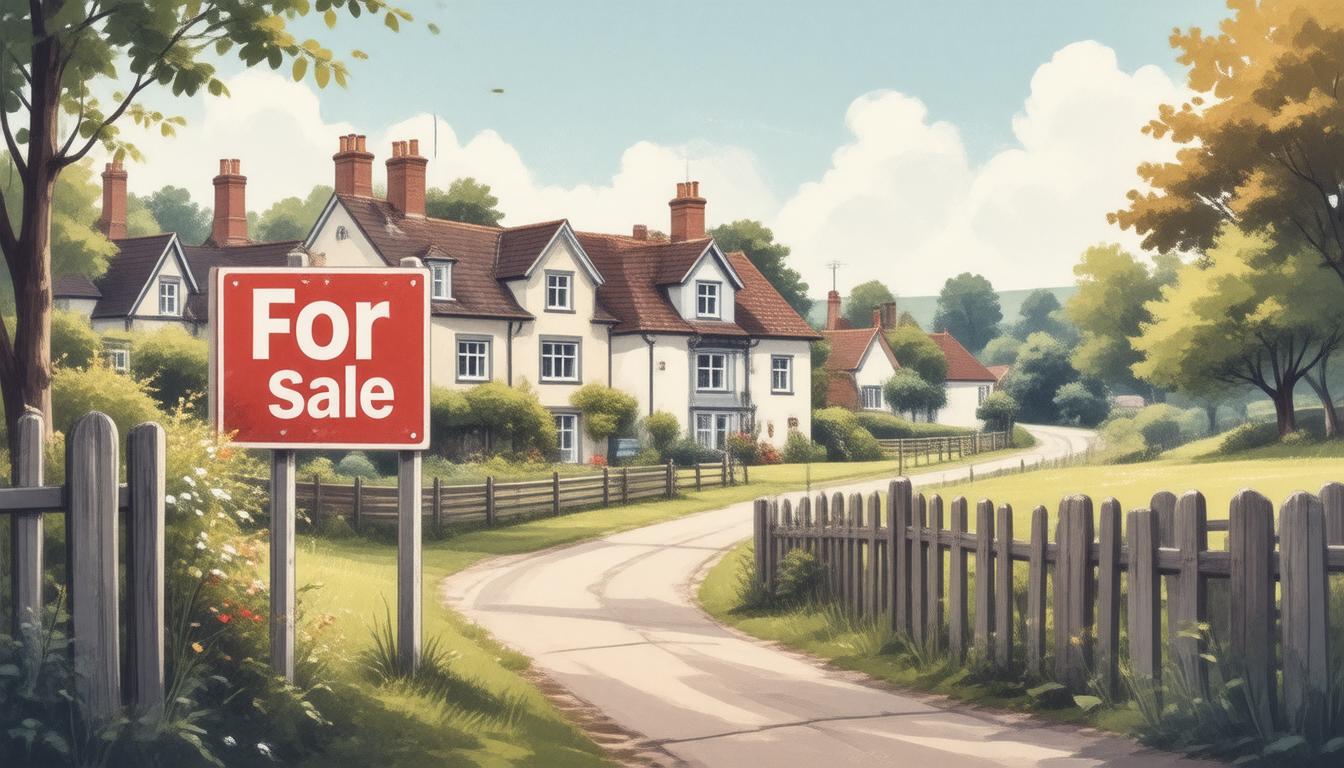In a significant move to tackle housing shortages and rising property prices, England is set to introduce new council tax premiums on second homes starting in April
2025. This legislative change allows local authorities to increase council tax charges on second homes by as much as 100%, provided homeowners receive a minimum notice of one year. The initiative, inspired by similar policies already enacted in Scotland and Wales, aims to bolster local housing availability for residents, particularly in high-demand areas—especially in the South West where the issue of second home ownership has become increasingly prevalent. With the number of second homes in England skyrocketing by 65% over the past decade, amounting to nearly 482,000, many local councils are taking proactive steps by approving new tax increases. As homeowners gear up for these changes, they are urged to remain vigilant and informed through local council websites to understand the implications for their property and financial situation.
Key Takeaways
- Homeowners in England with second homes will face council tax premiums potentially doubling by April
2025. - The new legislation aims to mitigate housing shortages and support local residents by taxing underused properties heavier.
- Homeowners are advised to review local council policies to understand the implications of these changes on their second homes.
New Council Tax Legislation Overview
In November 2024, local governments in Scotland continue to grapple with rising council tax pressures as the political landscape shifts toward addressing housing shortages and ensuring affordability for residents. Following a similar trend seen in England, the Scottish Government is reviewing its second home taxation policies, with discussions surrounding potential increases in council tax premiums for non-primary residences. This wave of legislative scrutiny is a response to the growing challenges faced by local communities, particularly in popular tourist destinations such as the Highlands and Islands, where many local residents find themselves competing against holiday property investors for limited housing stock (Scottish Government, 2024).
The concept of fairness in housing access has gained traction, prompting local councils to consider adjustments that would allow them to set council tax rates at varying levels for second homes. Currently, councils in Scotland have the authority to impose up to a 300% council tax rate on second homes, a measure that has already seen implementation in areas like Edinburgh and the Scottish Borders (McLeod, 2024). The rationale behind this policy is to generate additional revenue for local services while discouraging property speculation that exacerbates housing shortages (Scottish Futures Trust, 2024).
With the upcoming legislative reviews, homeowners are advised to keep abreast of changes that may affect their council tax obligations. Many councils are evaluating their systems and may implement differentiated tax increases targeting non-primary residences, effectively aiming to incentivize property owners to either make their homes available for long-term rent or to reassess their property usage to align with community needs (Harris, 2024). Stakeholders, including local advocacy groups and housing experts, are actively engaging with policymakers to ensure sustainable outcomes that benefit local residents while balancing the economic impacts on the tourism-dependent areas.
Impact on Homeowners and Local Communities
As the enforcement of heightened council tax premiums for second homes draws near, the broader implications for local communities in Scotland cannot be overlooked. This shift in policy underlines the growing tension between tourism-driven economies and the need for affordable housing for local residents. Local councils are not only looking to optimize tax revenues but are also seeking to reintegrate long-term residents into communities that face significant threats from property speculation and seasonal occupancy. Many areas, especially in tourist hotspots, are witnessing protests and calls from residents urging faster implementations of these tax policy changes, reflecting a grassroots effort to reclaim housing spaces that have increasingly become dominated by second home ownership (Carr, 2024). Moreover, the pushback against secondary property investments is gaining momentum, highlighting a potential shift in public sentiment towards prioritizing community stability over tourist investment (Mason, 2024). As discussions continue to evolve, the local government capacity to balance these competing interests will be crucial in shaping sustainable housing solutions for future generations.





